DT
Year 3 have been doing some DT in recent weeks. They’ve been working in groups to design and build space rover prototypes, like Curiosity, that are able to:
- move over rough terrain
- carry something or someone
Check out their DT work, below:
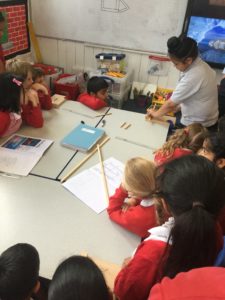
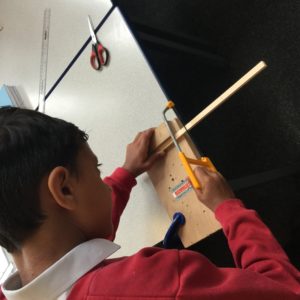
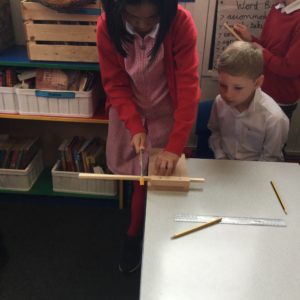
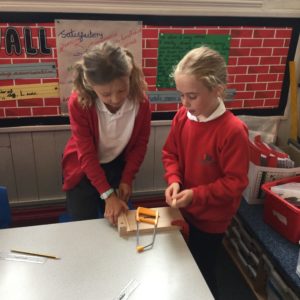
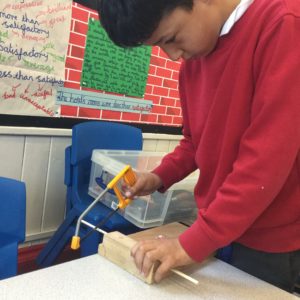
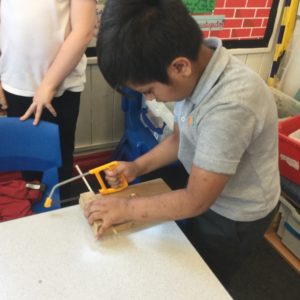
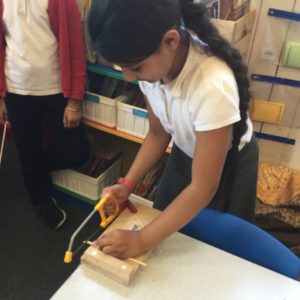
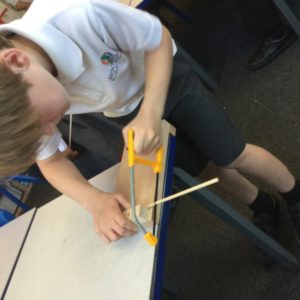
Awesome Artists!
Year Three have been using their imaginations and simple pencil lines to turn everyday objects into pieces of Art. Check our their Art, below!
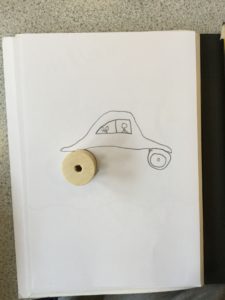
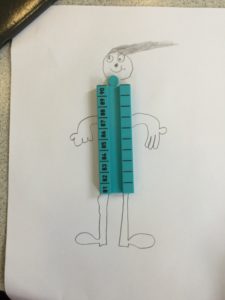
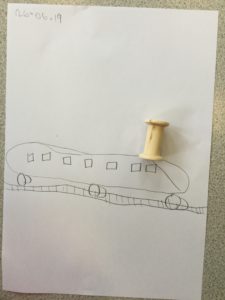
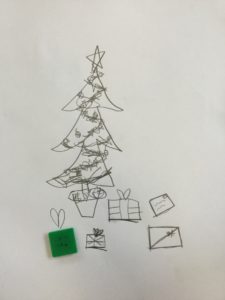
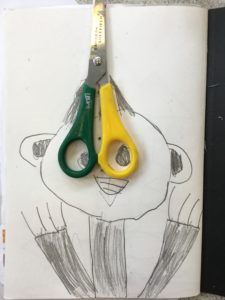
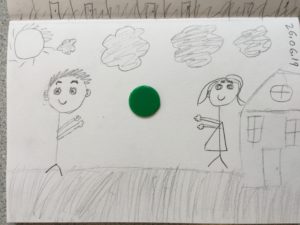
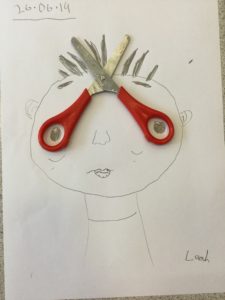
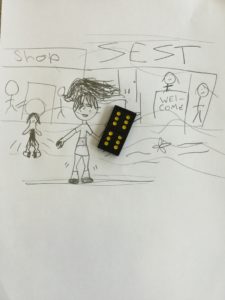
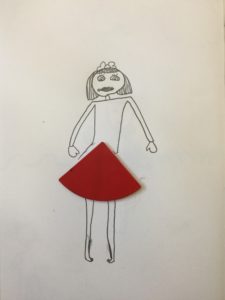
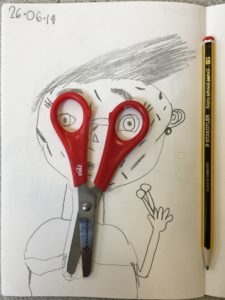
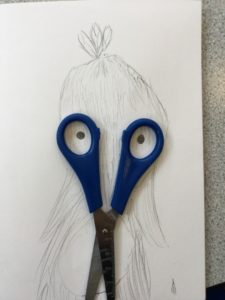
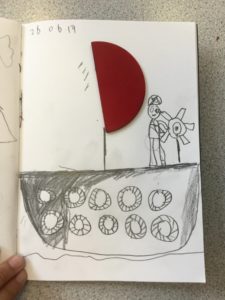
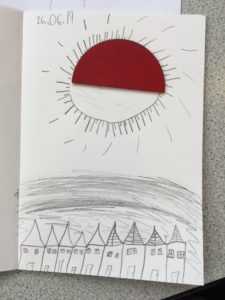
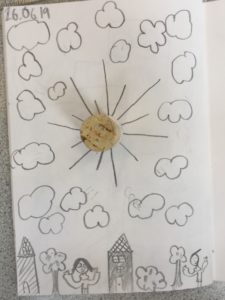
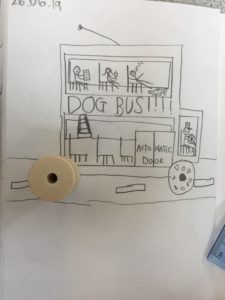
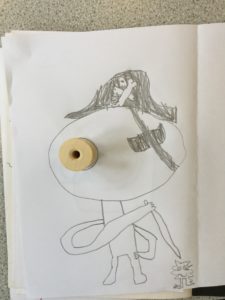
Sports day 4th July
We are looking forward to welcoming you to our annual sports day tomorrow. Here is some information about the day.
Location
Our sports day will take place offsite at Roundhegians Rugby Club (LS8 2AT). Access to the club is off Chelwood Drive and there is some parking available. Children will be walking to the field, escorted by adults. Thank you to those parents/carers who have offered to help with this. We will be leaving school at 9:05am for KS2 and 1:05pm for Reception and KS1.
Timings
The Key Stage 2 Sports Day will begin at 9.30am ending at approximately 11:30am and the Reception and Key Stage 1 sports day will start at 1.30pm ending at approximately 3 pm.
Normal lunch time and end of school collection arrangements will still apply on this day.
PE kit
Our teams will be: green, blue, white and red and your child/children has been told their team colour by their class teacher. If possible, please could your child wear a t-shirt to match their team colour. If your child does not have a coloured t-shirt, they should wear their white PE top and they will be given a bib to wear.
Children should come to school in their PE kit to be worn for the whole day.
On the day
Please could you ensure your child has their water bottle and a cap/hat at school; it would also be useful if you could apply sun cream before your child comes to school.
Events
The format of this year’s event will be competitive races and field events (KS2) with children having the opportunity to compete for medals. These will be awarded by staff and sports leaders from Allerton Grange, who will be placed on the finish line. No VAR this year, unfortunately! However, all children will be rewarded for taking part.
We expect each child to take part in at least two events. Some may take part in more depending on how many children are in their team. As far as is possible, we have tried to place children in events of their choice.
Seating
No seating is provided so please bring a rug or your own chairs if you come to spectate.
Gazebos
Thank you to those parents/carers who are able to bring gazebos on the day. Any additional gazebos would be welcome, to shade the children, if you can help with this.
Refreshments
The PTA will be selling refreshments for parents and carers on the day.
Photos
You are welcome to take photos on the day. These should be for your own use and as we have children in school who cannot be photographed please do not share these photos on social media.
Safety
For safety reasons, please do not cross the track to where the children are seated – thank you.
Living and Learning: healthy choices
This week, we’re focusing on healthy choices – this could relate to maintaining good mental or physical health.
I can make healthy choices.
Can you encourage your child to make a new healthy choice every day this week? Or think about one new healthy change your child can make? Try to help them by making sure the choice is a realistic, achievable one, such as avoiding being on an electronic device after a certain time to help sleep, or adding one extra daily portion of vegetables to their diet each day.
Living and Learning: relationships
- I see things from other people’s points of view.
- I know the difference between laughing at and laughing with someone.
- I tell the truth and say sorry if I need to.
Ukulele Performance
On Saturday 6th July, the Summer Fair will take place at school. As well as the traditional maypole dance, Year 4 will be showing off their ukulele skills with a short performance at the beginning of the afternoon. 
If possible, please can your child arrive at school for 12.45 to get set up.
Many thanks
Mrs Freeman, Mr Owen and Mrs Pearson
Life-Saving Training
Year 5 were lucky enough to receive some training that could potentially save someone’s life! We learnt about what to do if someone is choking or if they need CPR.






It’s a skill you never hope to use but vital to have.
Living & Learning – RSE
For the past three weeks, the Y5 topic has been Relationships and Sex Education (RSE). There are many branches to this topic including:
- maintaining positive relationships with family and friends
- exploring lots of different types of relationships and families
- the scientific terms for parts of the reproductive system
- what happens during puberty
- how to look after yourself and your personal hygiene
- how babies are made
- how to cope with emotional and physical changes
Year 5 have (unsurprisingly) been extremely mature and discussed our learning with enthusiasm and genuine interest. Here’s what they think:
“It’s been interesting but also a bit weird,” laughed Sam.
Evie said, “I feel confident about it now because I know what’s going to happen in future and what we need to do about it.”
“I feel happy because after hearing everyone else’s opinions it was really nice,” said Serenity.
Ben said, “I feel confident because I know what’s going to happen to me and how I can cope with it.”
“I feel happy because it’s not going to come straight out of the blue,” said Alexander.
“It’s nice when you’re going through something to be prepared,” Eve said.
“I felt confident asking questions since everyone had to put in a slip to the Ask It Basket,” said Eleni.
Living and Learning
In Living and learning we have been looking at the human life cycle.
We read the book ‘One There Were Giants’ by Martin Wadell. The story of the book followed the life of a girl who grew from a baby to an adult with her own baby.
We discussed different things that happen and you can do at different stages of the life cycle.
A baby cries, wears a nappy and doesn’t go to school yet.
A toddler learns to speak, crawl and walk. They also are potty trained.
A child can go to school, get dressed on their own and eat by themselves.
A teenager can go out by themselves, get a phone and a laptop.
An adult can get married, get a job, buy a car (Year 3 suggested a Lamborghini or Bugatti), buy alcohol, a house, a dog, go to the pub and have baby.
Elderly people often need a walking stick, help crossing the road, they can retire from their jobs and get a free bus pass.
Why did the girl in the book say there used to be giants in her house?
Sasha explained, “Because the book starts with her as a baby and her parents are adults. She thinks they are giants because adults are taller than a baby.”
Well done Year Three!
More robotics
Some of the robots are now complete and on display in the classroom. The children have worked incredibly hard creating these. There have been many skills on show as well as supporting and suggesting ideas for each other. Mrs Pearson and I would like to say well done to the whole class.
Feel free to pop in and have a look at the fantastic creations.





